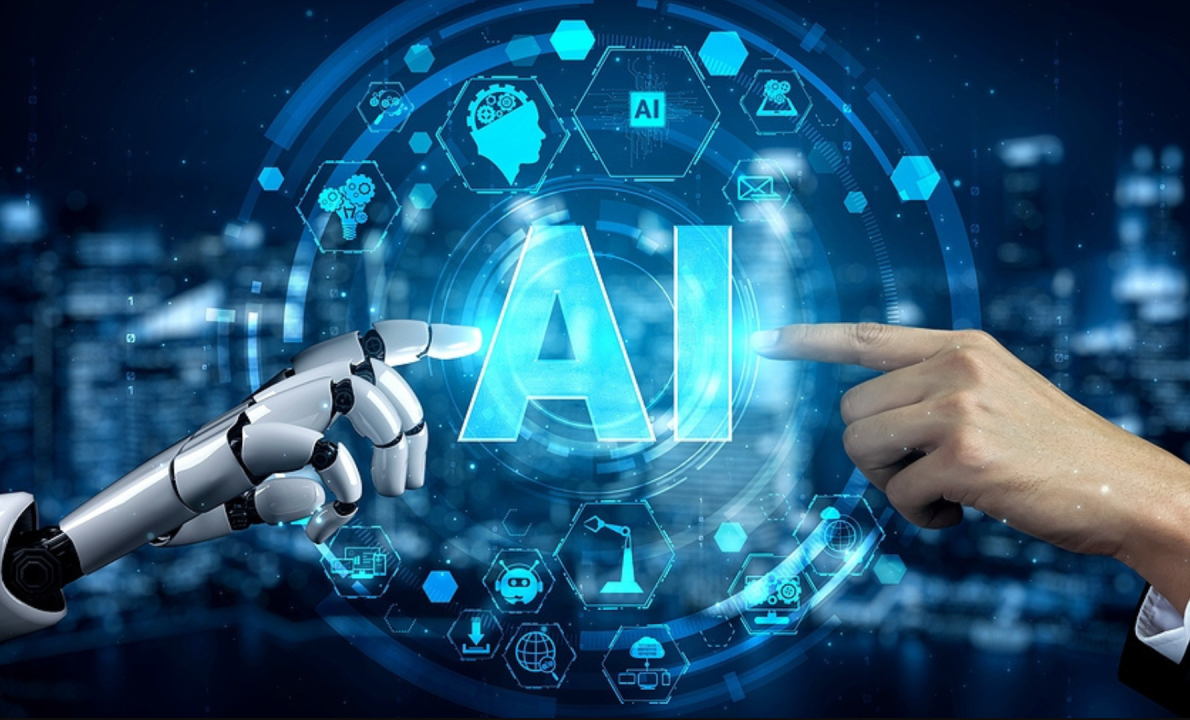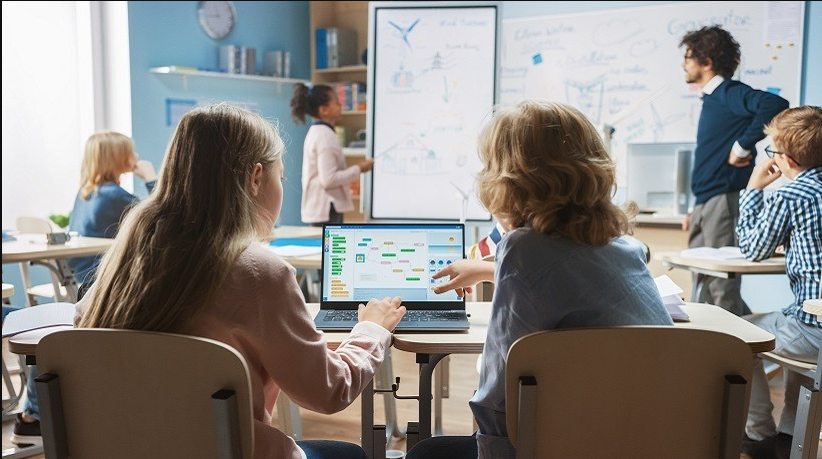How Technology Is Transforming Education in 2025
How Technology Is Transforming Education in 2025
Education in 2025 looks vastly different from what it did just a few years ago. With rapid technological advancements and a growing emphasis on digital skills, the traditional classroom model has evolved into a dynamic, tech-integrated learning ecosystem. From AI-driven personalized learning to virtual classrooms and immersive educational experiences, technology is not just supporting education — it’s reshaping it entirely.
In this article, we explore how technology is transforming education in 2025, the key innovations driving this change, and what it means for students, teachers, and the future of learning.
1. Personalized Learning Through Artificial Intelligence
Artificial Intelligence (AI) has become a central component of modern education. In 2025, AI is used to personalize learning experiences based on each student’s strengths, weaknesses, and learning pace. Intelligent algorithms analyze performance data to recommend tailored lessons, quizzes, and feedback.
Benefits of AI in Education:
- Adaptive learning paths for students
- Instant feedback and real-time assessment
- Reduced teacher workload through automated grading
AI-driven platforms like Squirrel AI, Knewton, and many school-specific systems now offer customized experiences that enhance both engagement and outcomes.
2. Virtual and Augmented Reality (VR & AR) Learning
One of the most exciting changes in education is the widespread use of Virtual Reality (VR) and Augmented Reality (AR). These technologies bring learning to life by allowing students to experience concepts rather than just read about them.
Real-World Applications:
- History students can explore ancient civilizations in immersive VR tours.
- Medical students practice surgeries in simulated environments.
- Science learners interact with 3D models of cells, atoms, or ecosystems.
With affordable VR headsets and AR-integrated apps now common in classrooms, learning is more interactive, engaging, and effective.
3. Global Classrooms and Online Collaboration
Technology has broken down geographic barriers. In 2025, students can collaborate with peers around the world through virtual classrooms and global learning platforms. Tools like Microsoft Teams, Google Classroom, and Zoom have evolved into fully immersive learning ecosystems.
Features of Global Classrooms:
- Real-time group projects across countries
- Access to international guest lectures and experts
- Exposure to diverse cultures and perspectives
This shift prepares students for a globalized world, enhancing cross-cultural communication and teamwork skills.
4. EdTech Platforms and Learning Apps
The rise of EdTech platforms has revolutionized how students access content. From video tutorials and gamified quizzes to AI tutors and coding apps, there’s an app for nearly every learning need in 2025.
Popular EdTech Tools:
- Khan Academy: Free academic lessons and exercises
- Duolingo: Language learning through gamification
- Quizlet: Digital flashcards and practice tests
- Coursera & edX: University-level courses online
Many schools have integrated these tools into their curriculums, making learning more flexible, engaging, and student-centered.
5. Hybrid and Blended Learning Models
The pandemic accelerated the adoption of remote learning, and in 2025, hybrid learning has become the norm. Blended models combine in-person instruction with online content, offering the best of both worlds.
Key Benefits:
- Flexibility in scheduling and pacing
- Increased access for students in rural or underserved areas
- Opportunities for self-directed learning
Educators now use Learning Management Systems (LMS) like Moodle, Canvas, and Google Classroom to manage coursework, assessments, and communication seamlessly.
6. Gamification in Education
Gamification — the use of game design elements in non-game contexts — has been widely adopted in schools and universities. It increases motivation, engagement, and knowledge retention.
How It Works:
- Students earn badges or points for completing tasks
- Leaderboards promote healthy competition
- Games simulate real-world scenarios for deeper understanding
In 2025, platforms like Kahoot!, Classcraft, and Minecraft: Education Edition are standard tools in the classroom, turning learning into a more enjoyable and interactive experience.
7. Data-Driven Insights for Educators
Modern classrooms now rely heavily on data analytics. From attendance to performance trends, technology gives educators deep insights into how students are progressing.
Impact of Data Analytics:
- Early identification of learning gaps
- Personalized intervention plans
- More accurate evaluation of teaching methods
These insights empower teachers to make informed decisions and continuously improve their instruction.
8. Focus on Digital Literacy and Future Skills
In 2025, education isn’t just about academic knowledge. Schools are placing a strong emphasis on digital literacy, coding, critical thinking, and problem-solving — the skills needed for success in a tech-driven world.
Future-Ready Curriculum Includes:
- Programming and robotics from an early age
- Media literacy and responsible digital citizenship
- Collaborative problem-solving using tech tools
These skills ensure that students are not just consumers of technology but also capable contributors to the digital economy.
9. Cloud Computing and Accessibility
Cloud-based tools have revolutionized how educational content is stored, shared, and accessed. Students and teachers can access lessons, assignments, and resources anytime, anywhere.
Advantages of Cloud Technology:
- Real-time updates and collaboration
- Easy access to large databases and eBooks
- Secure data storage and backup
This accessibility is particularly beneficial for students with disabilities or those in remote areas, promoting inclusivity and equity in education.
10. The Role of Teachers Is Evolving
While technology plays a central role, it doesn’t replace teachers — it redefines their role. In 2025, teachers act more as facilitators and mentors, guiding students through personalized learning journeys.
Teacher Responsibilities Now Include:
- Curating and integrating digital resources
- Monitoring student progress using analytics
- Providing emotional and social support
Professional development for educators now includes tech training, helping them stay up-to-date with the latest tools and trends.
Conclusion: The Future of Education Is Here
The transformation of education in 2025 is driven by a blend of innovation, accessibility, and adaptability. Technology has made learning more personalized, inclusive, and engaging than ever before. From AI and VR to gamification and global classrooms, the possibilities are endless.
However, it’s important to remember that technology is a tool, not a replacement. The human connection — mentorship, guidance, and encouragement from teachers and peers — remains at the heart of effective education.
As we look to the future, embracing these advancements responsibly and equitably will ensure that every learner has the opportunity to thrive in a rapidly changing world.










